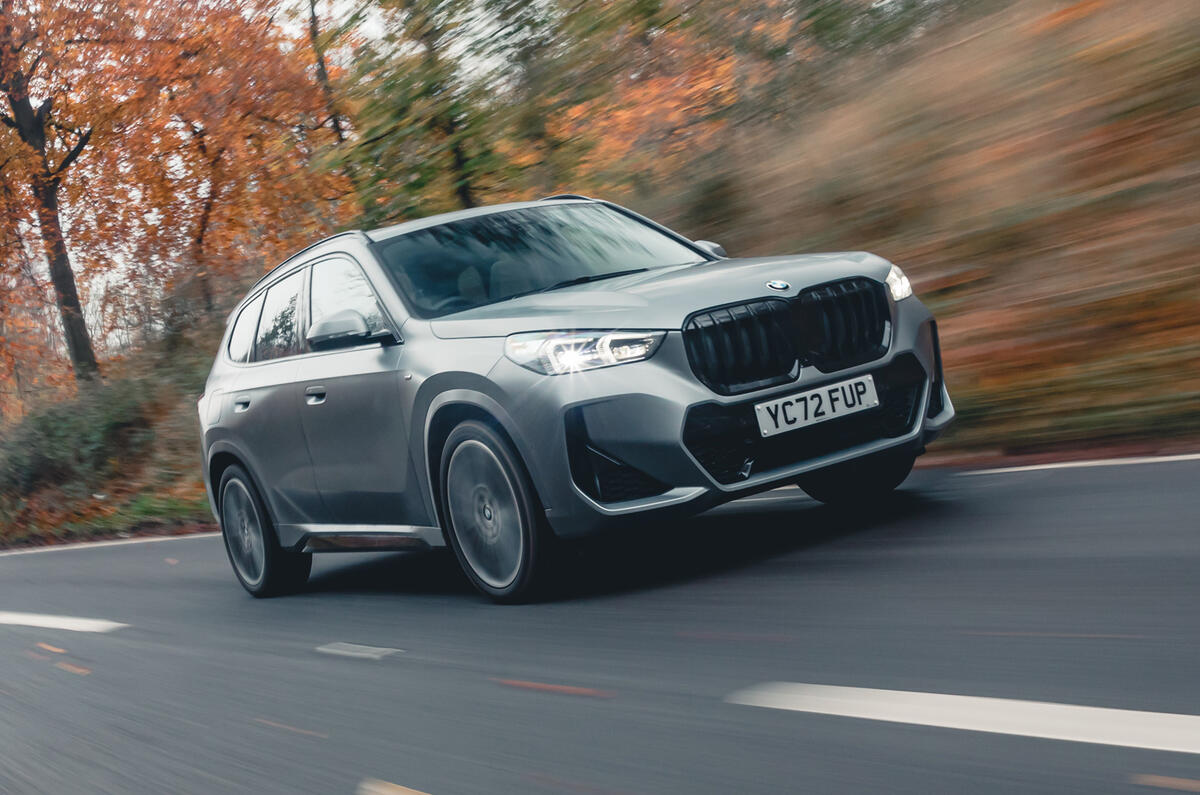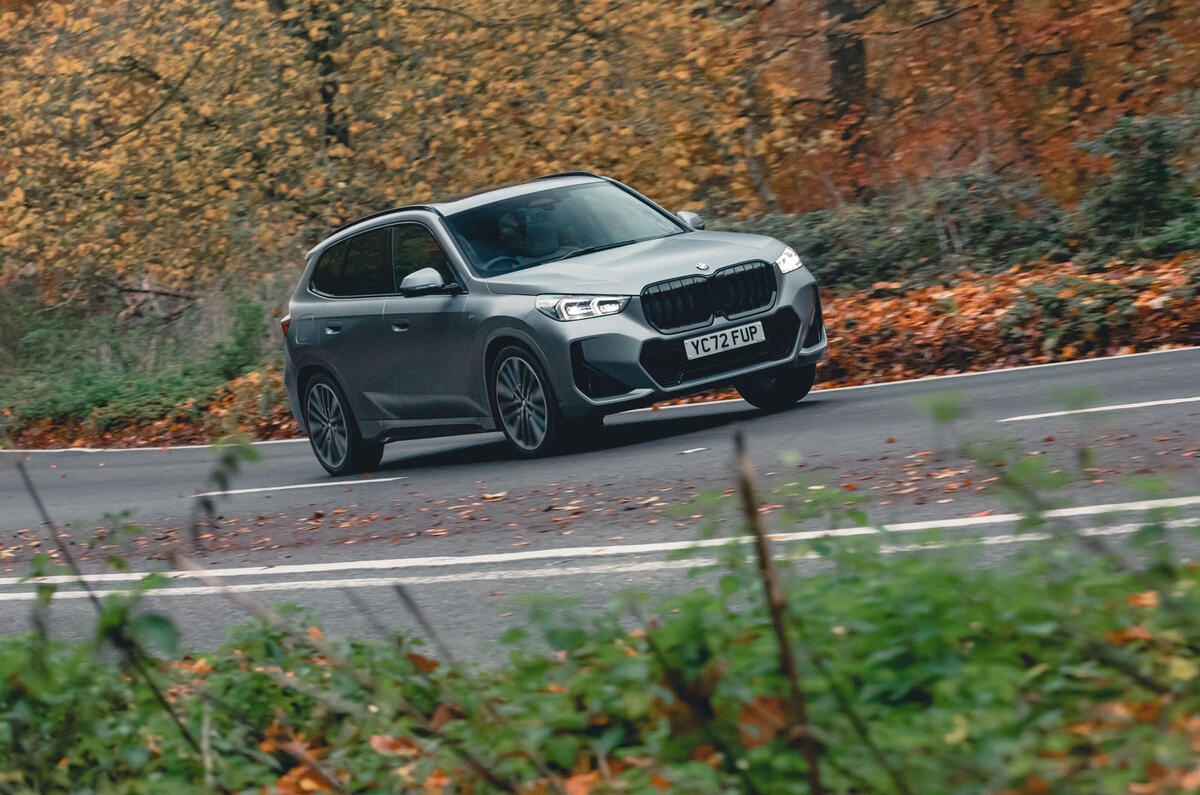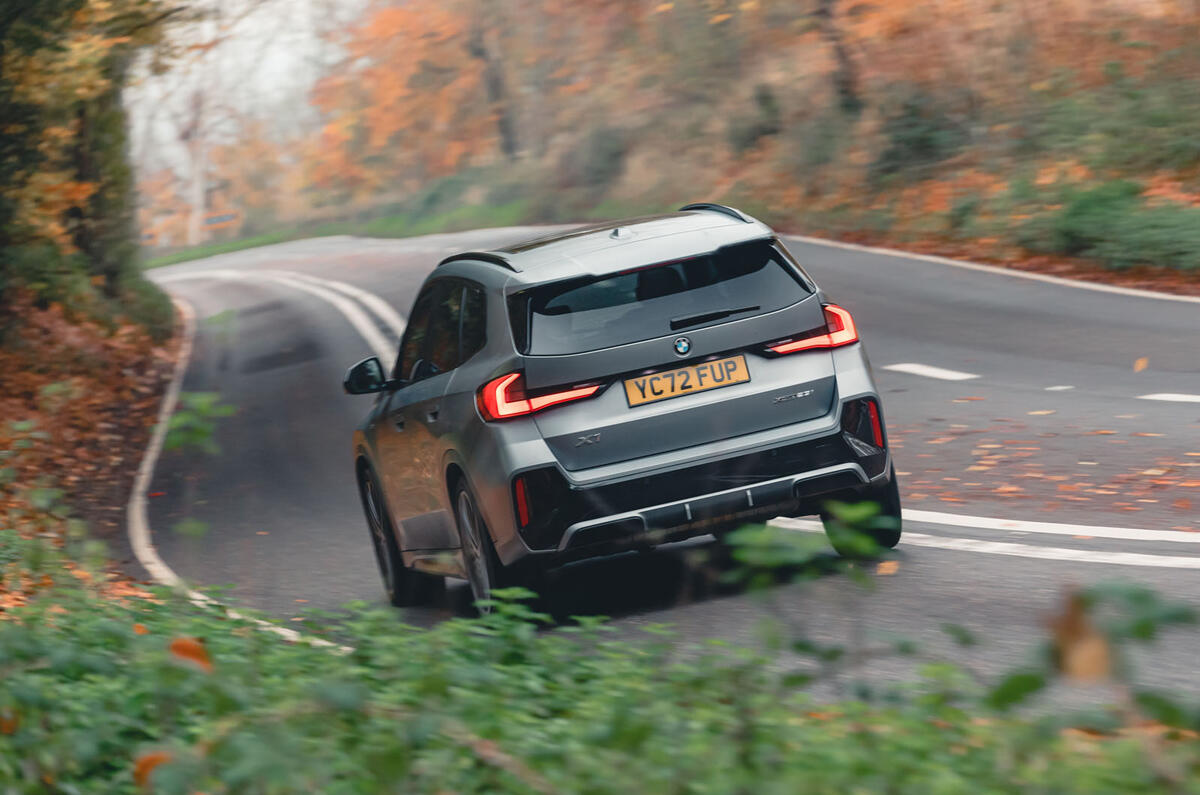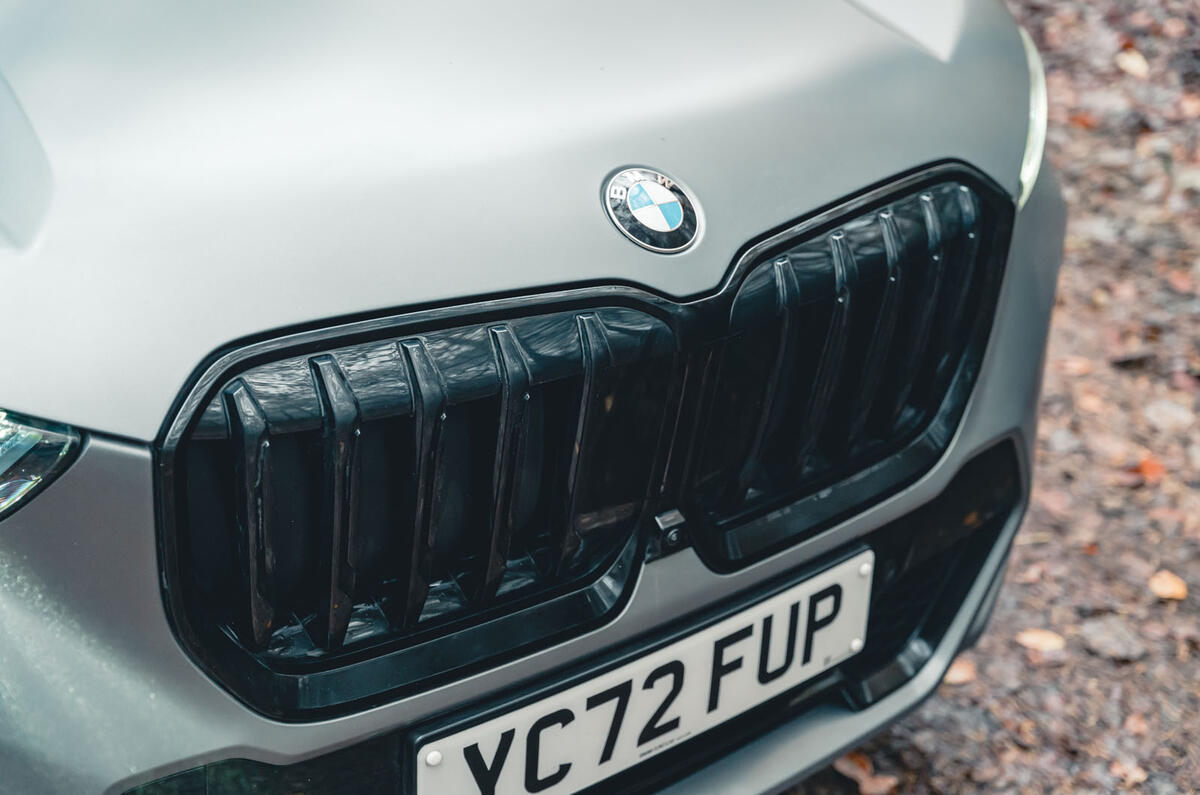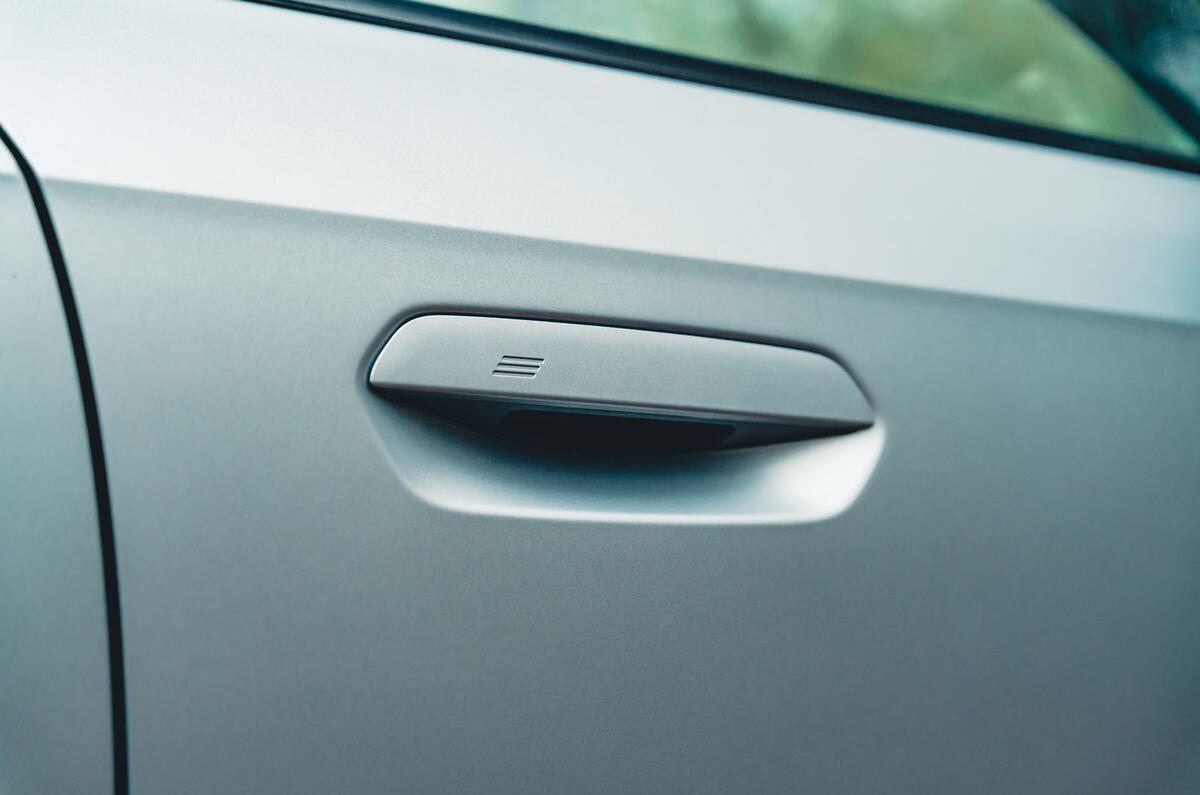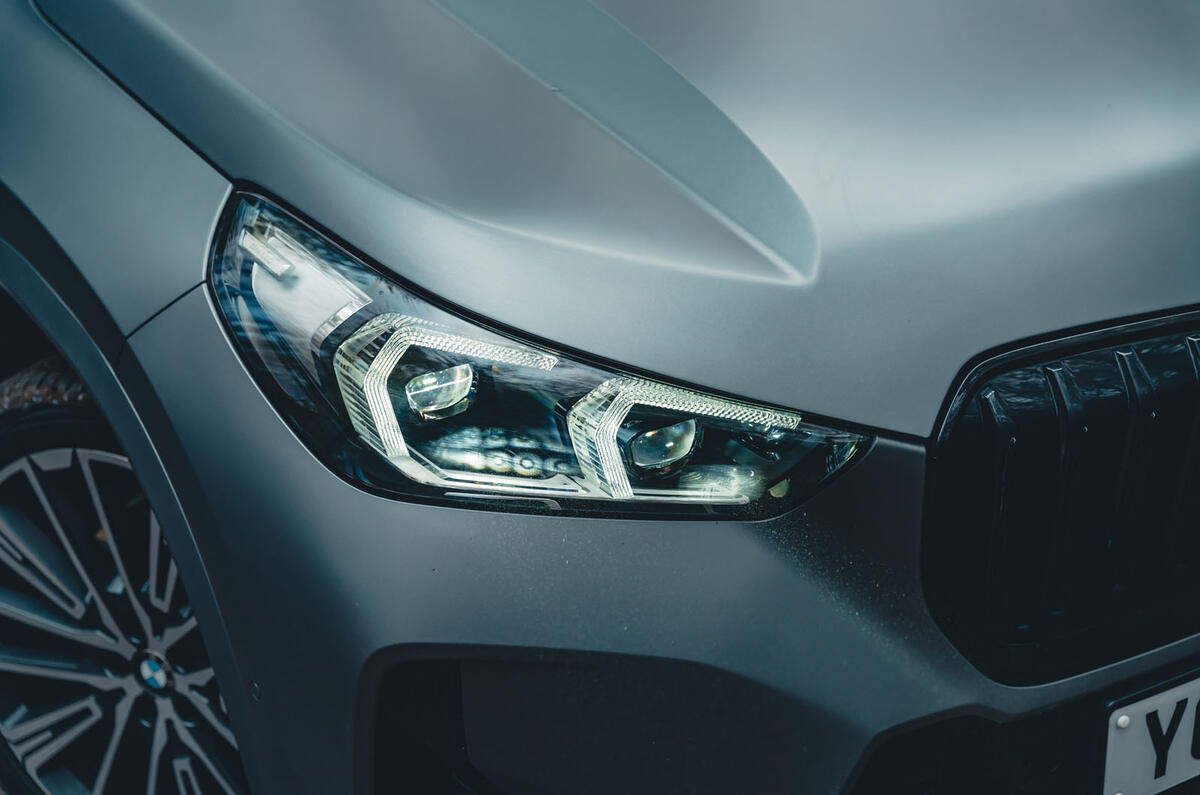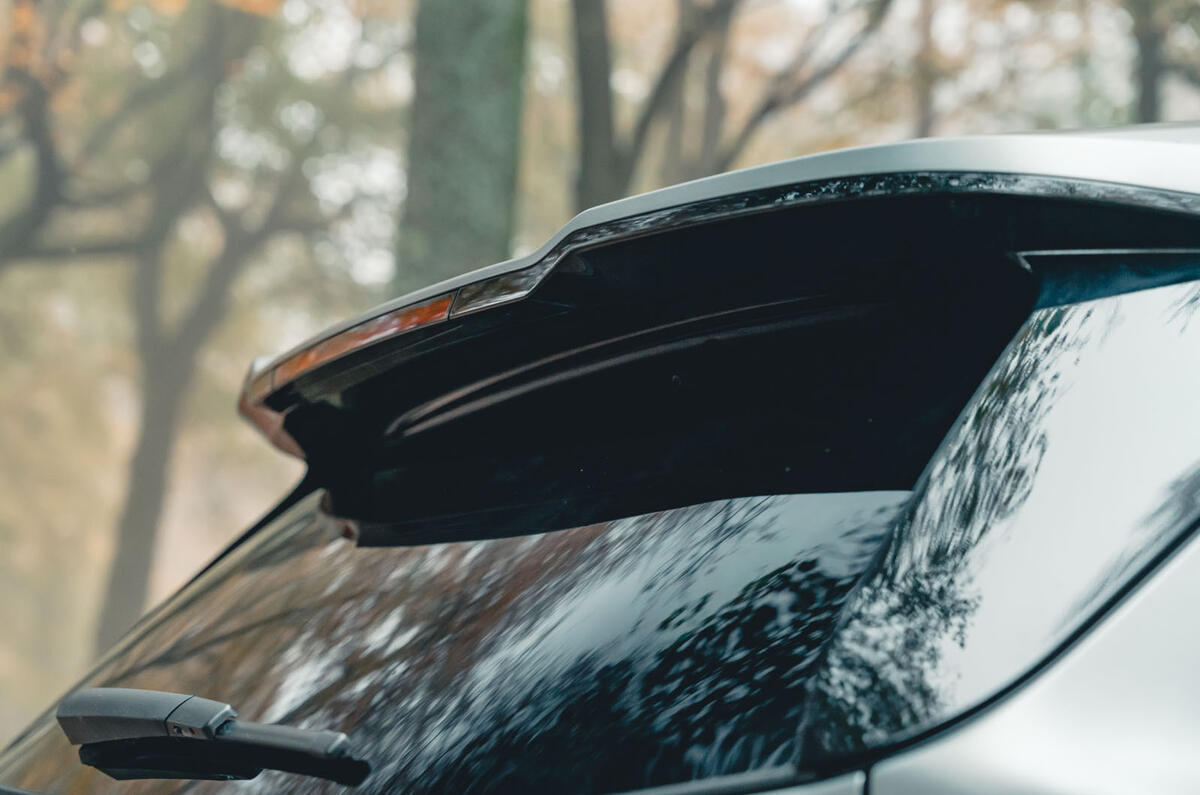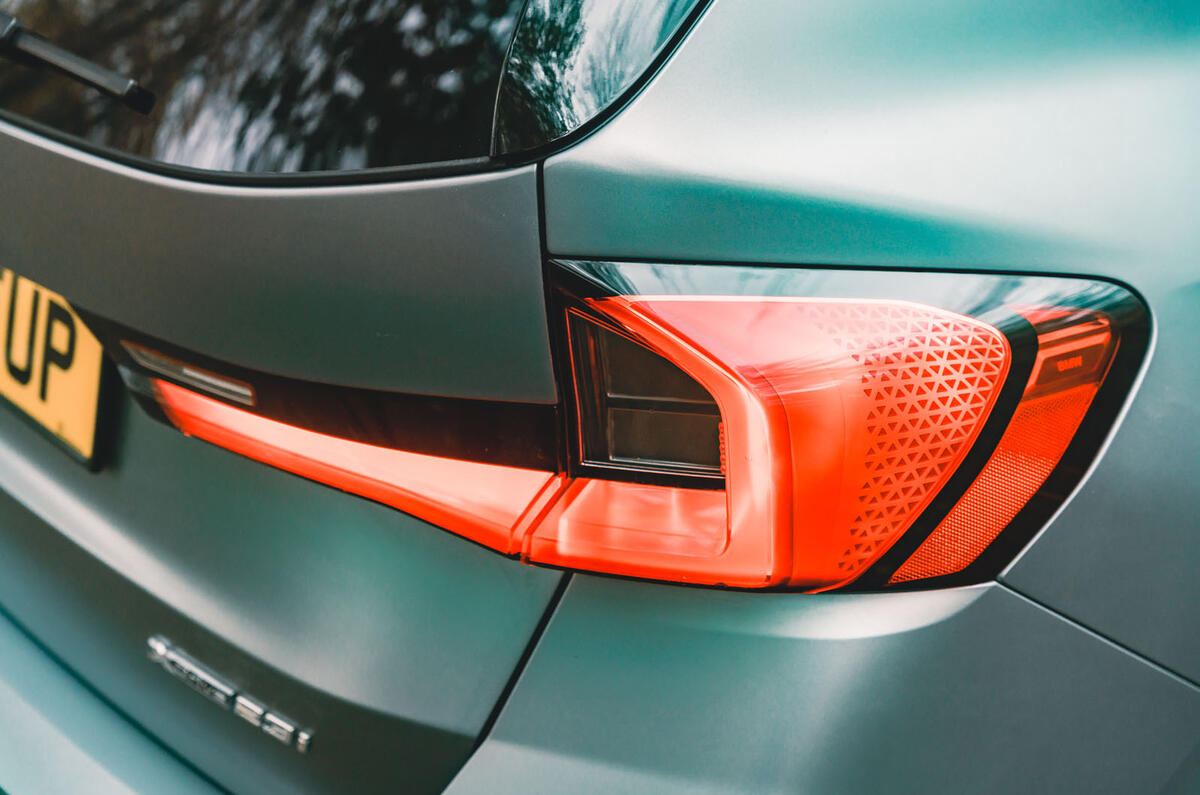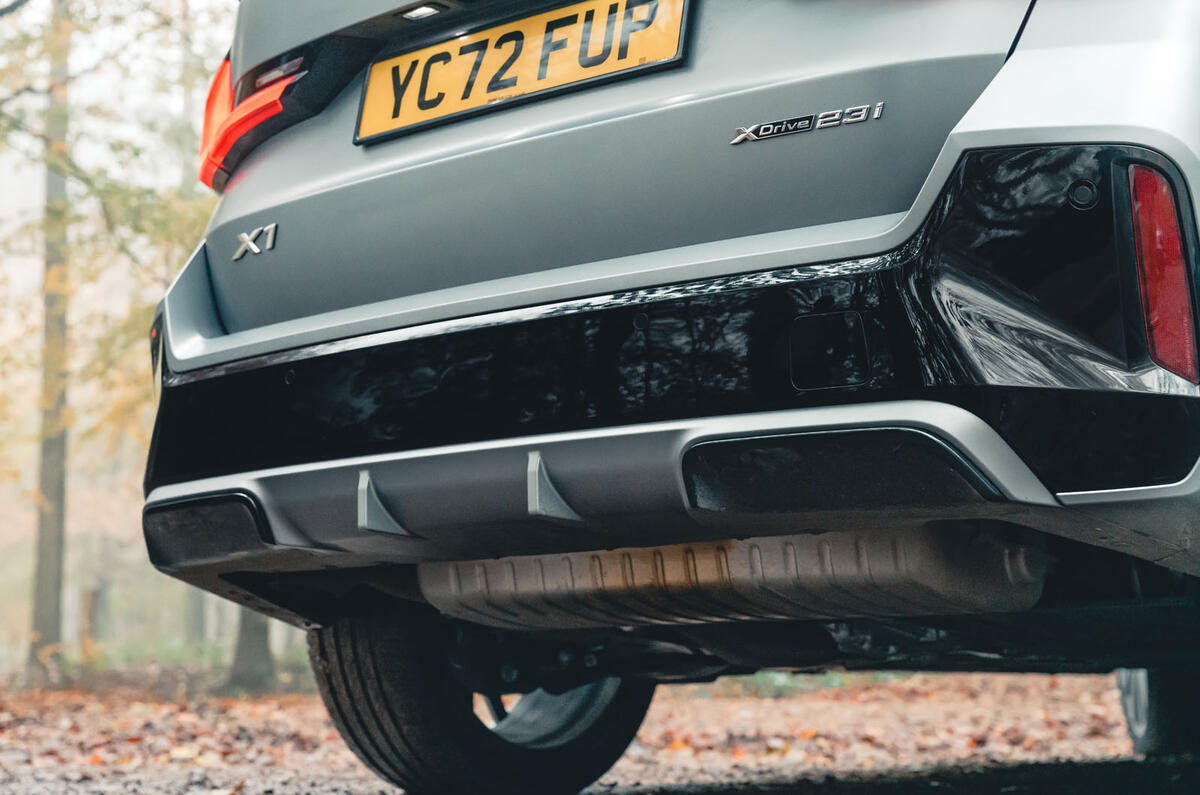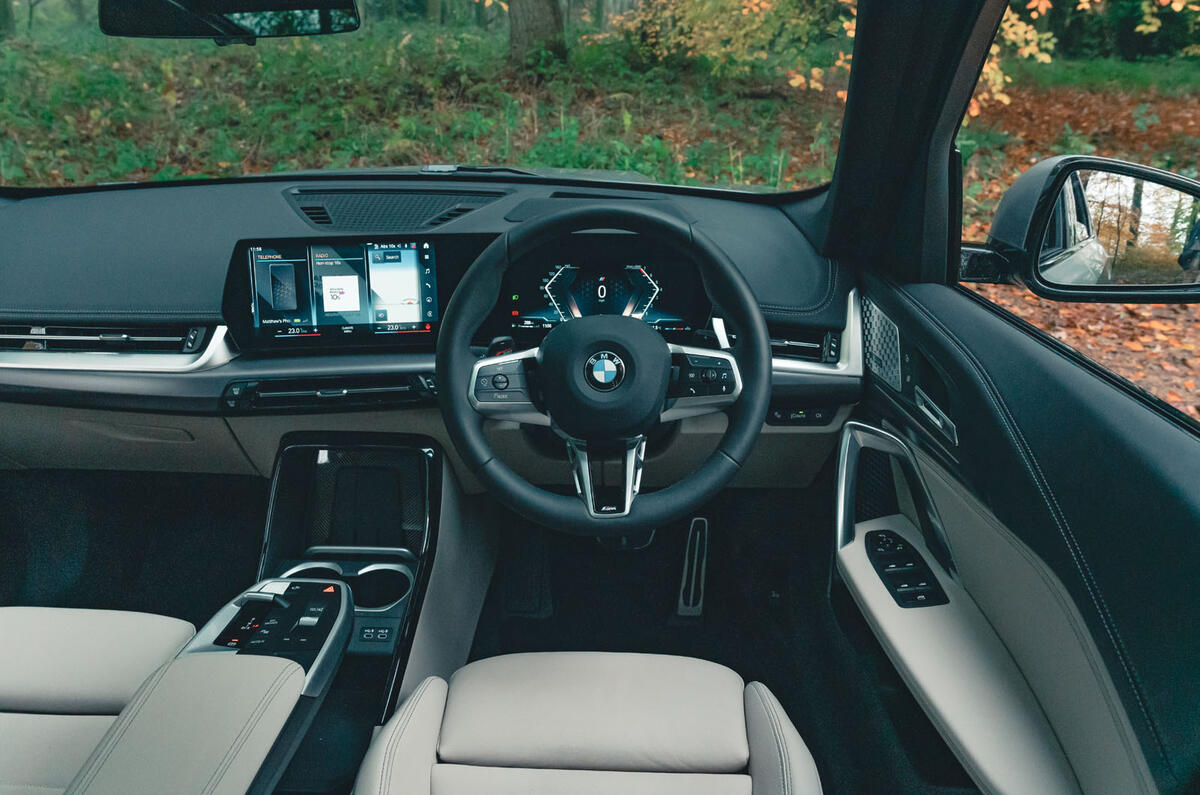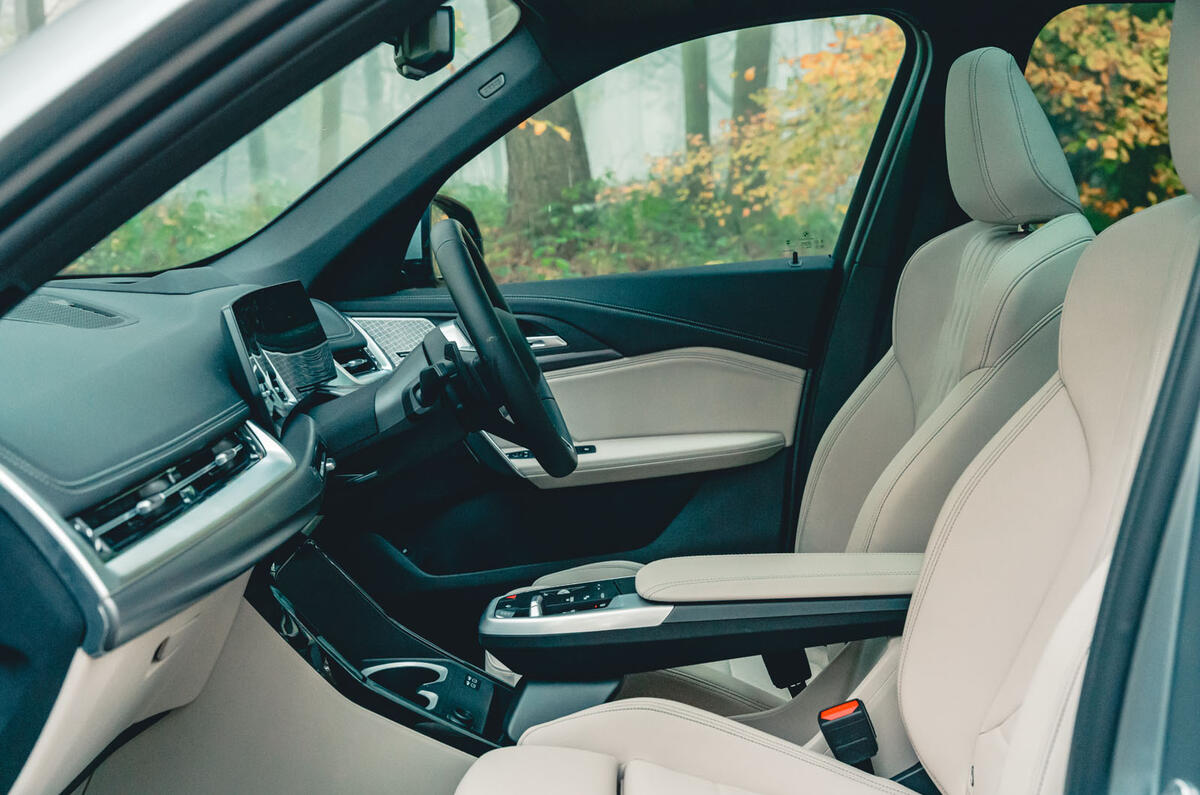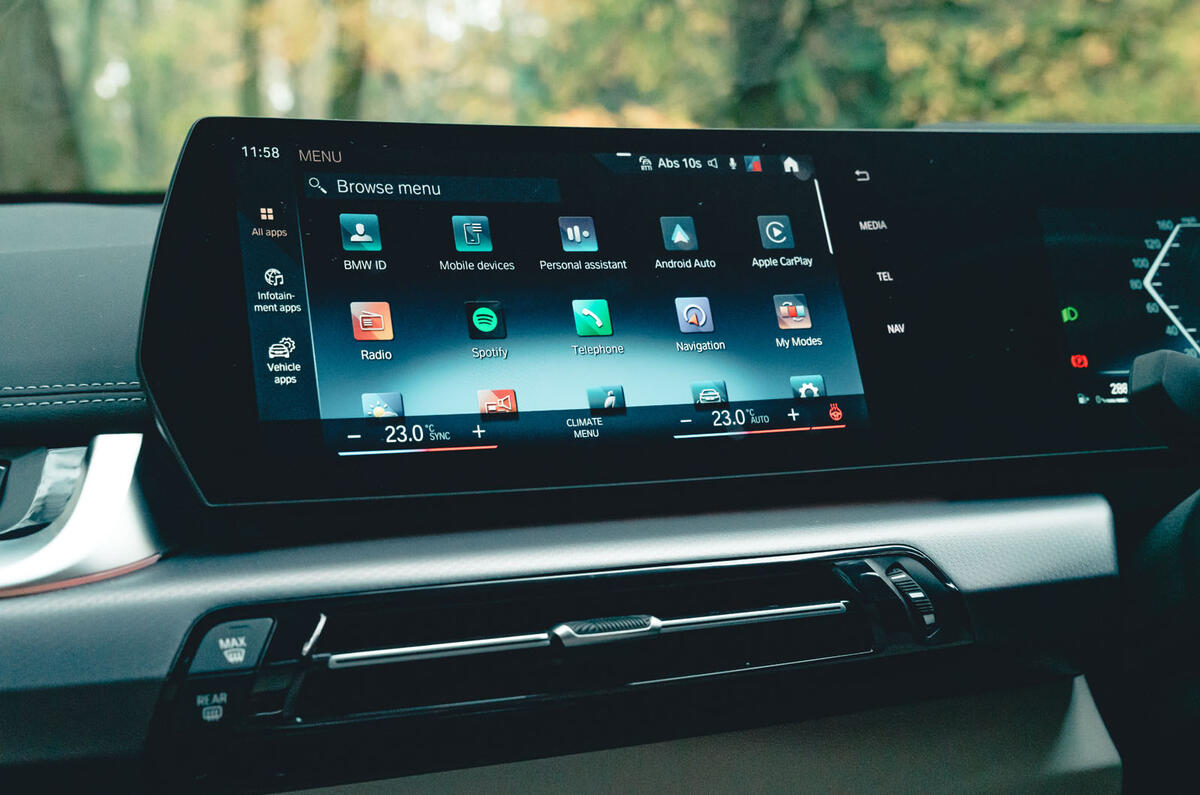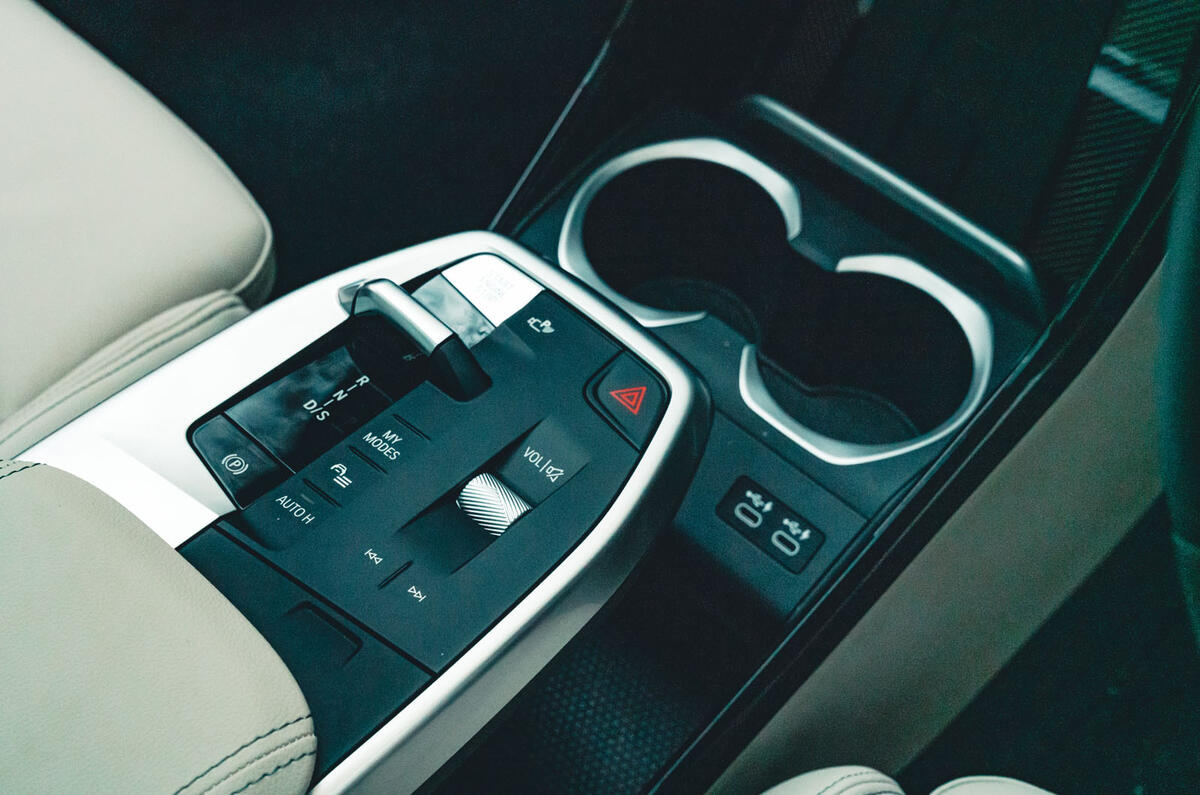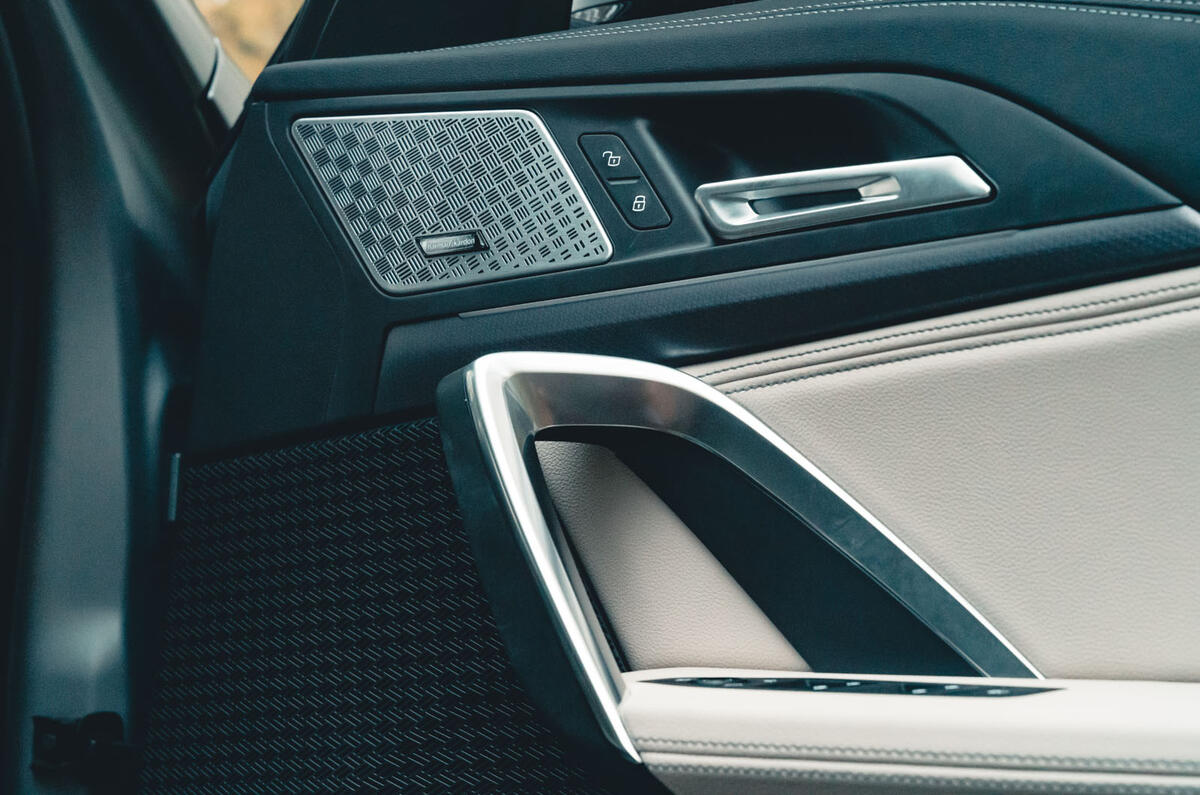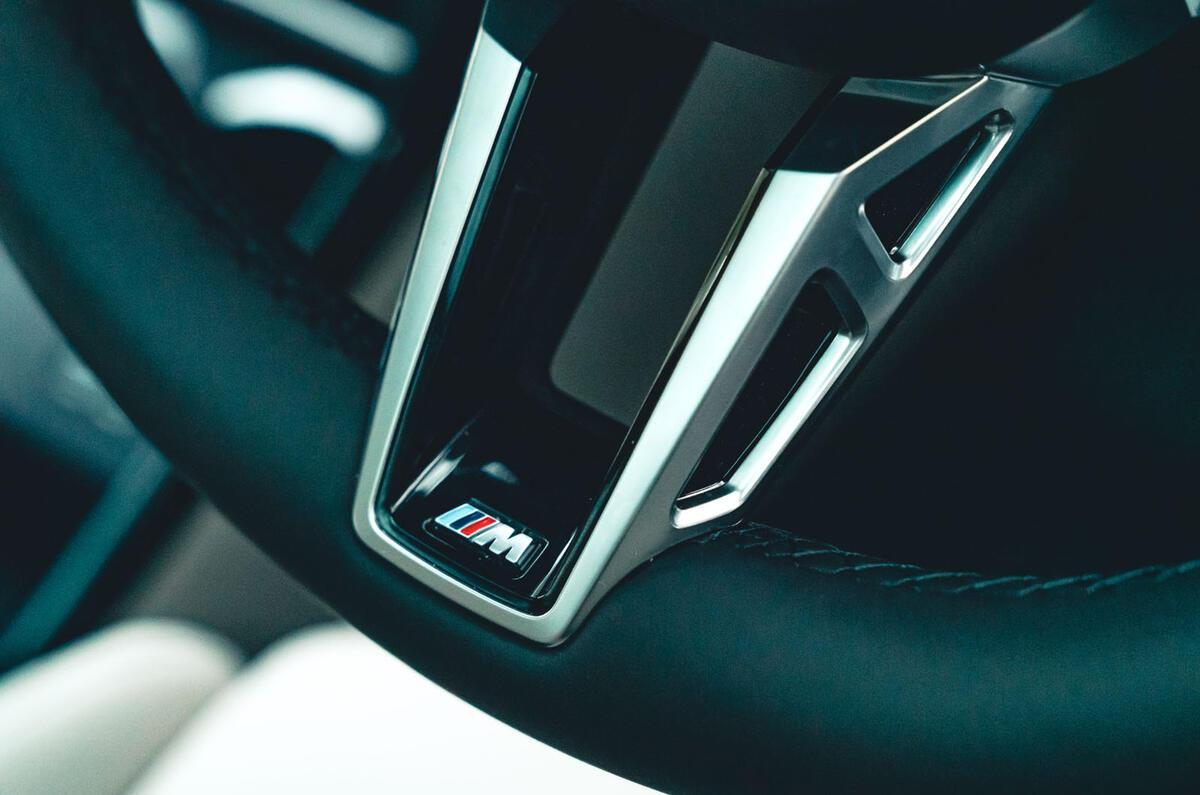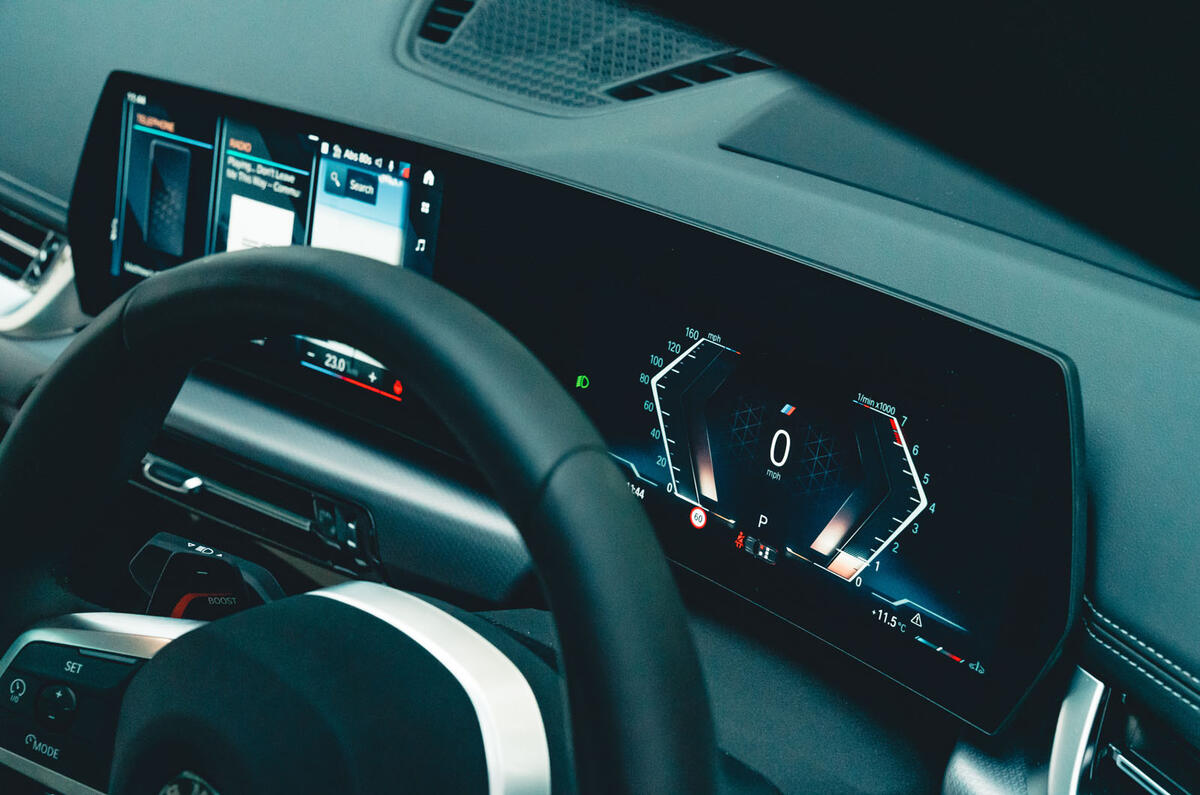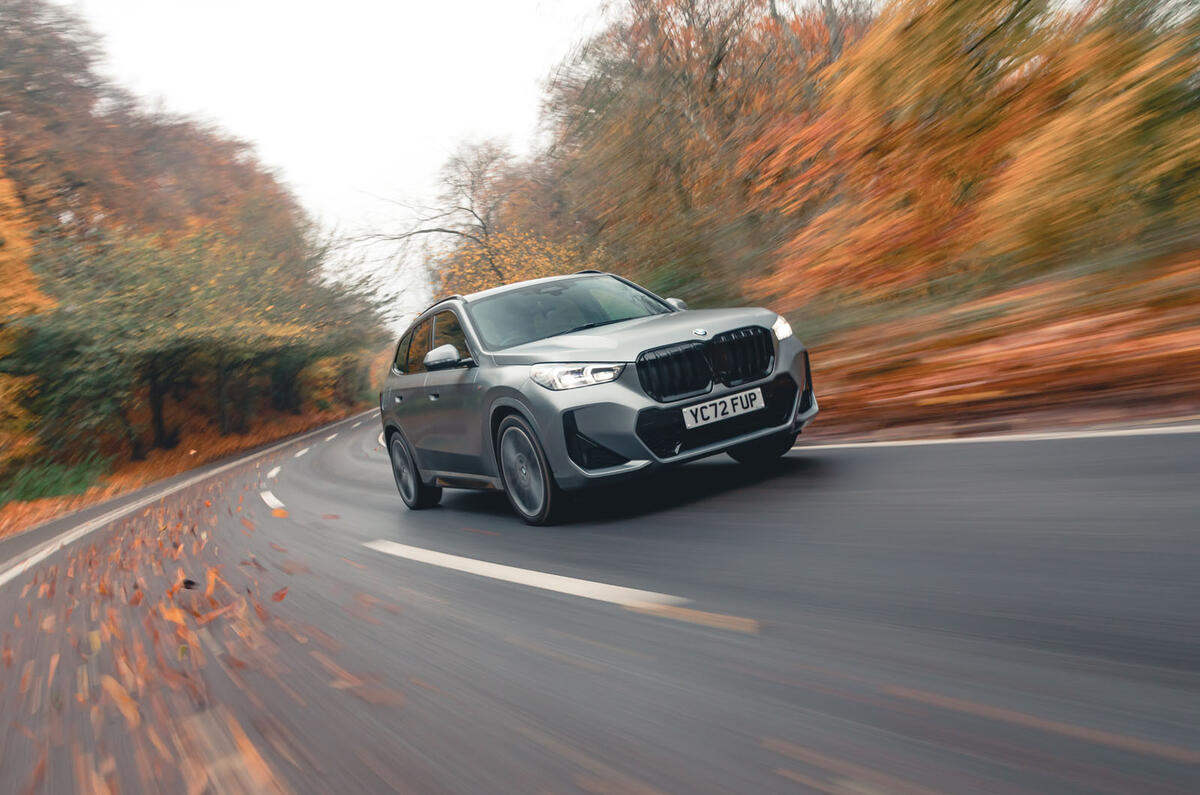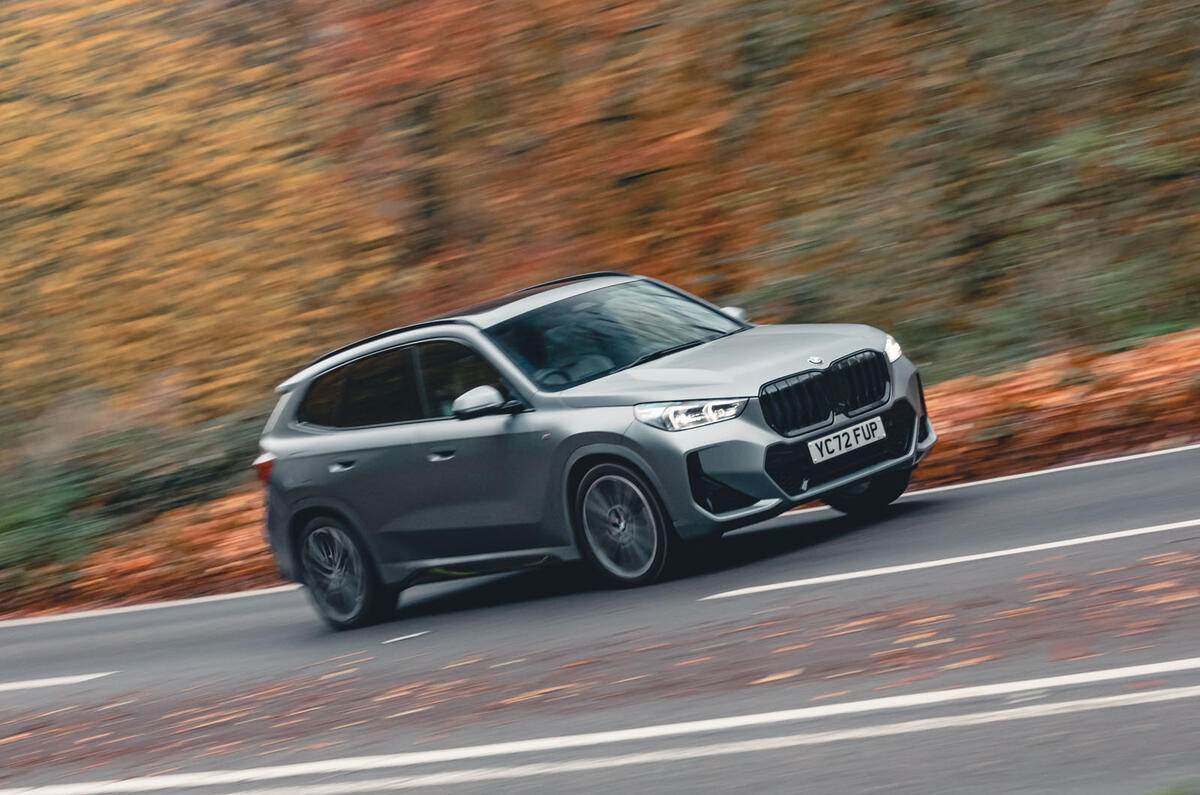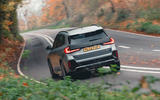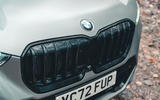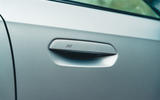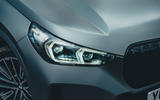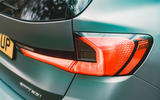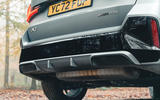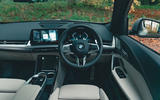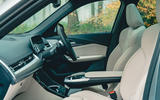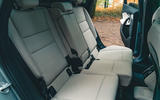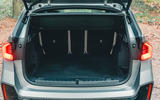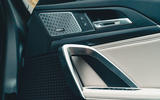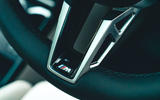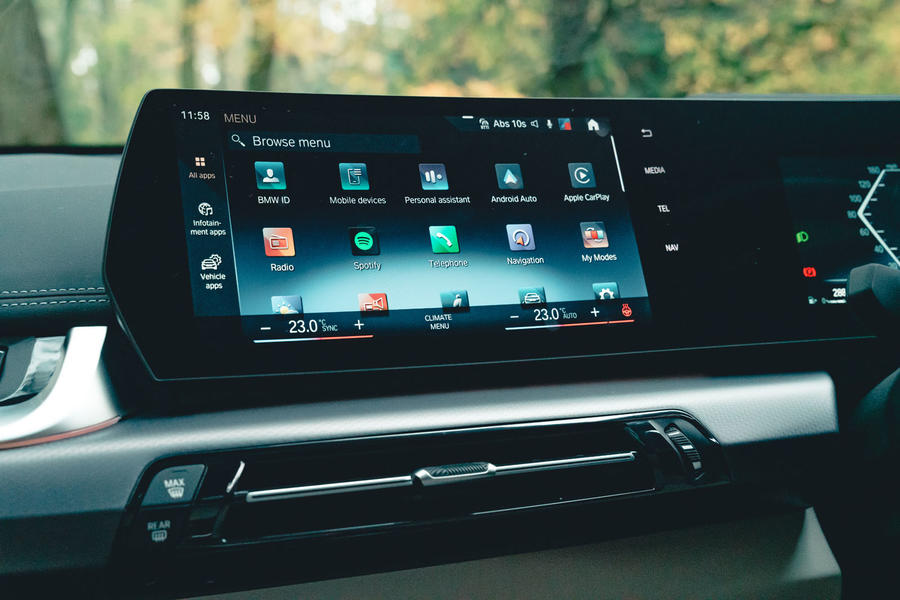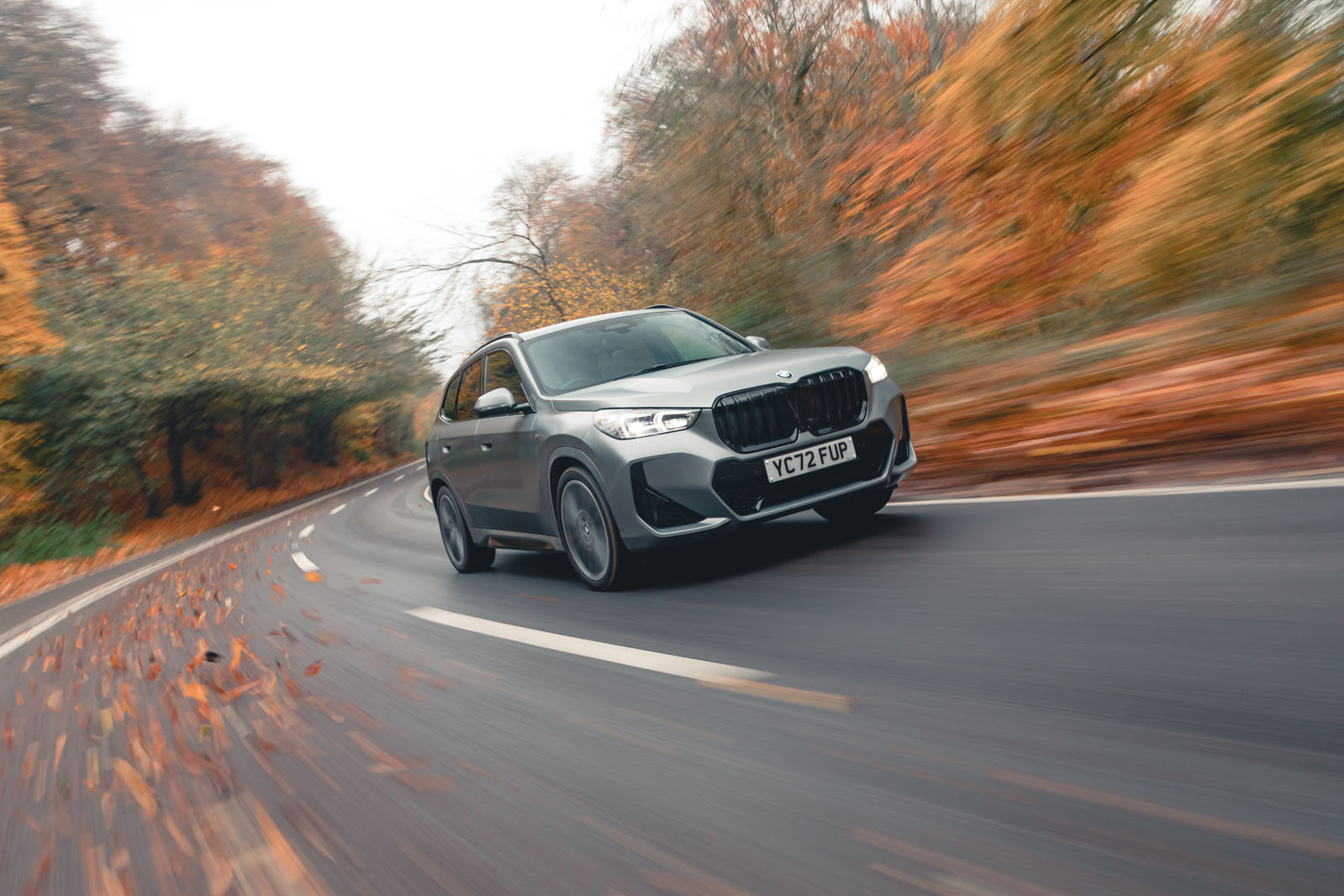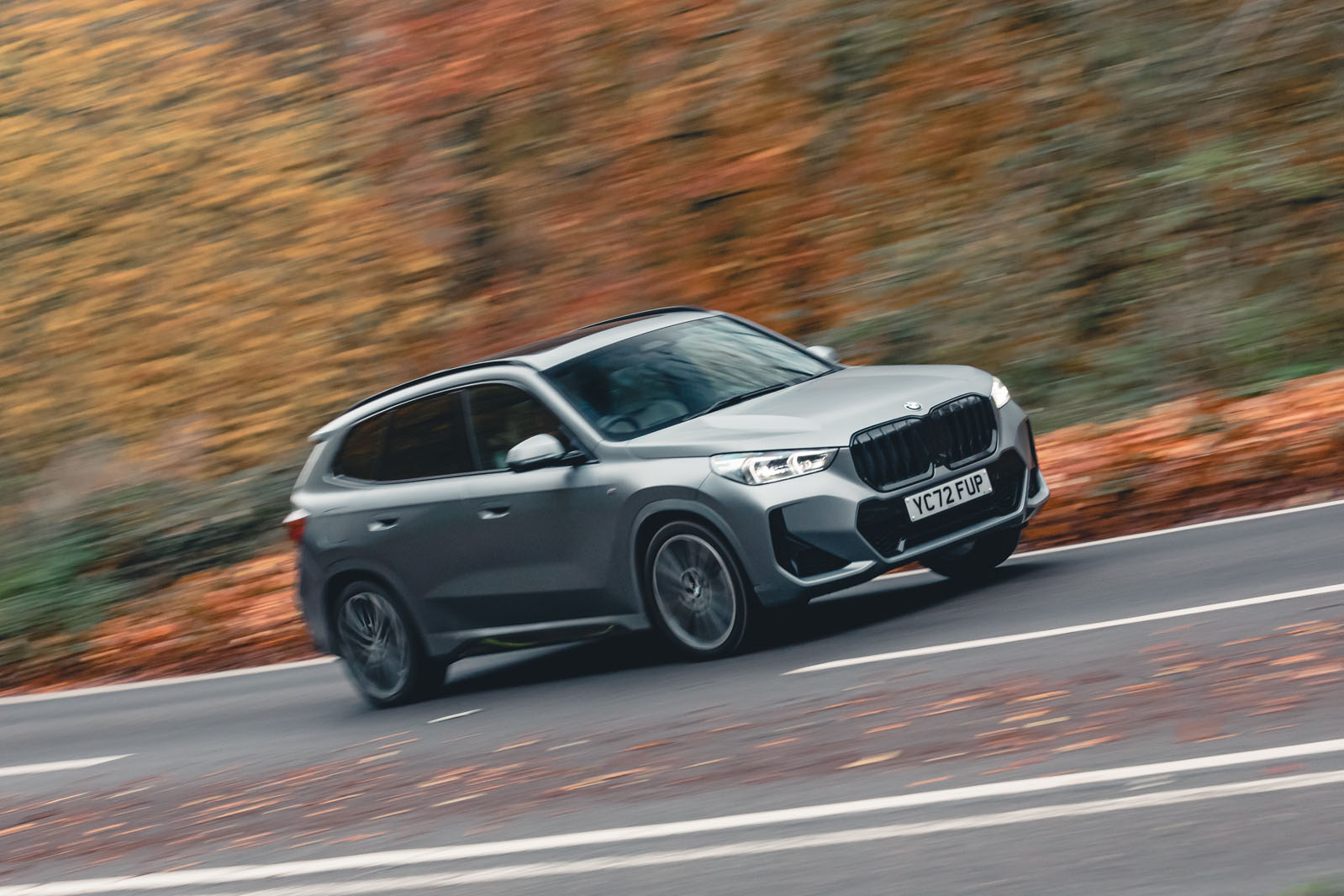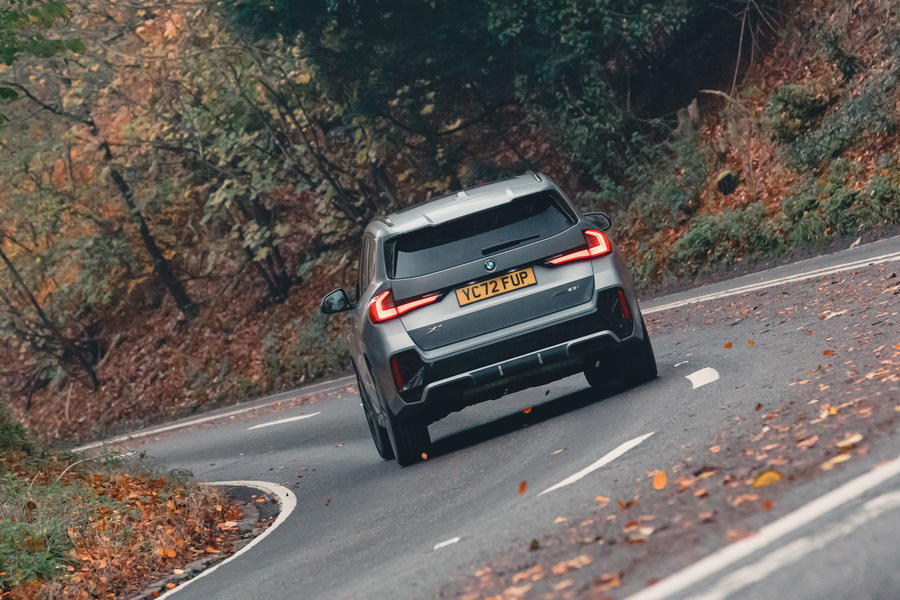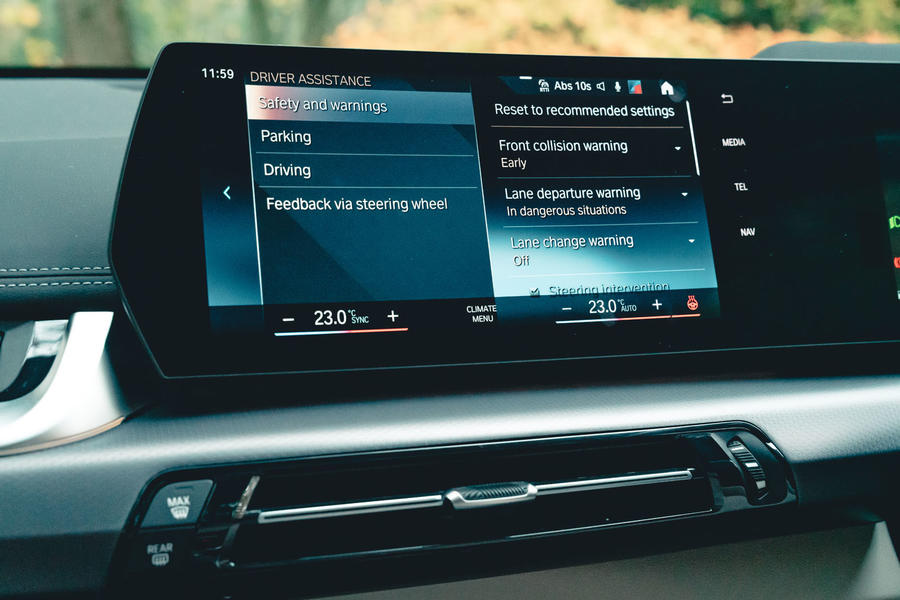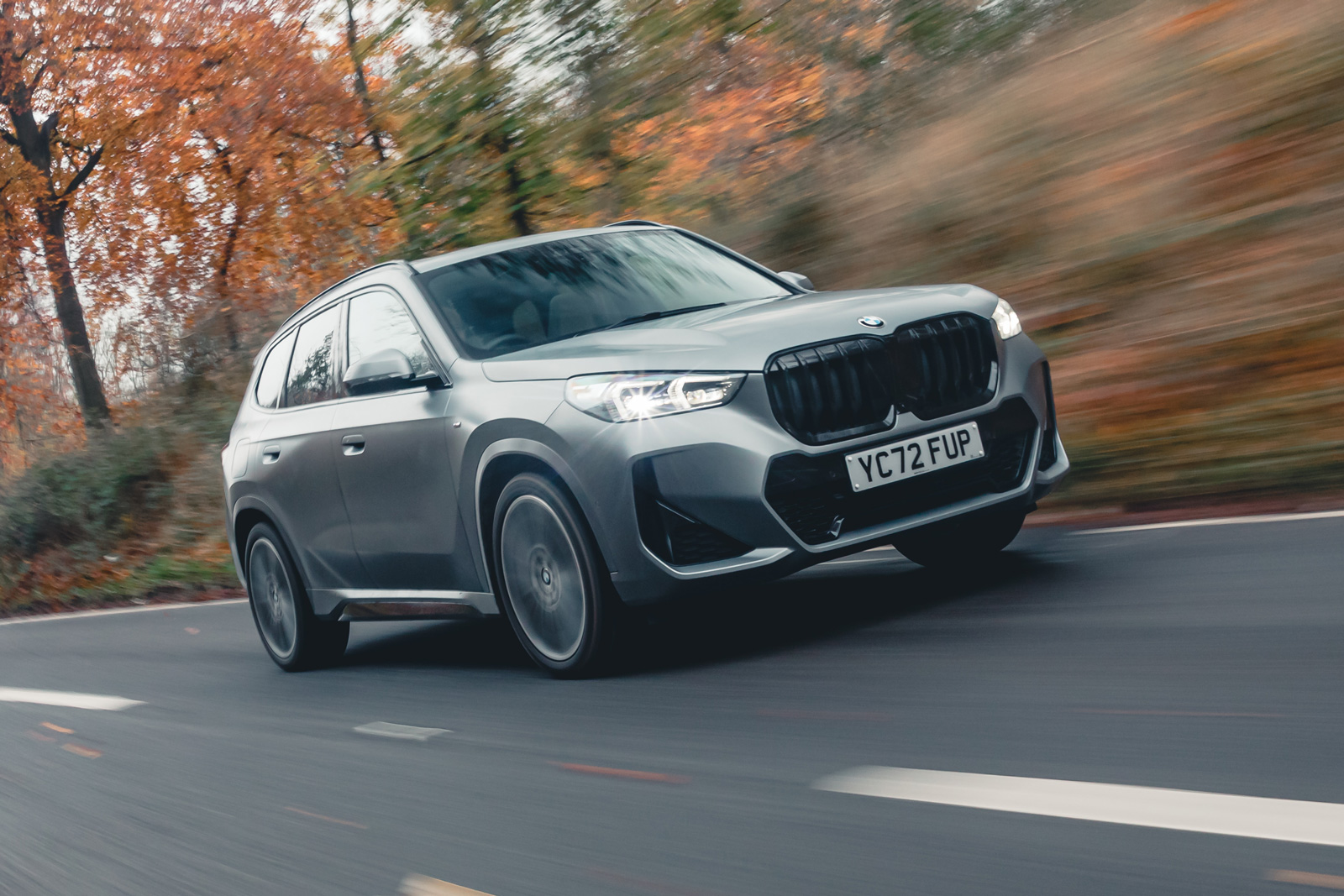The BMW X1 has come a long way since its beginnings as a confused pioneer of the compact premium crossover segment. The first X1 came out in 2009, which isn’t so long ago, but it was clear that BMW and the car industry in general were still figuring out what customers actually wanted from these vehicles.
It was based on the BMW 3 Series, complete with rear-wheel drive for the base models, and longitudinal straight sixes and four-wheel drive for the more expensive versions. For the US, BMW even stuffed in the 300bhp 3.0-litre turbo engine. That its cabin was cramped and not up to BMW’s usual standard of fit and finish seemed by the by, so long as it still provided classic BMW driving dynamics, which it duly did.
BMW saw sense with the second generation, switching it to the front-drive Mini platform, which gave it a useful boost in interior space. The outraged purists were proven wrong and the move certainly proved successful for BMW, because the X1 has been a very strong seller, even if it can’t quite match the Volvo XC40.
And now there is a third generation, codenamed U11. It isn’t especially radical but instead builds on the success of its predecessor, offering a range of petrol and diesel engines. This time round, company car drivers won’t have to wait too long to get a tax-busting plug-in hybrid version either. The biggest news is that there will be a pure-electric version called the BMW iX1. The first cars off the boat were very traditional 2.0-litre petrols, so that’s what we’re testing here.


